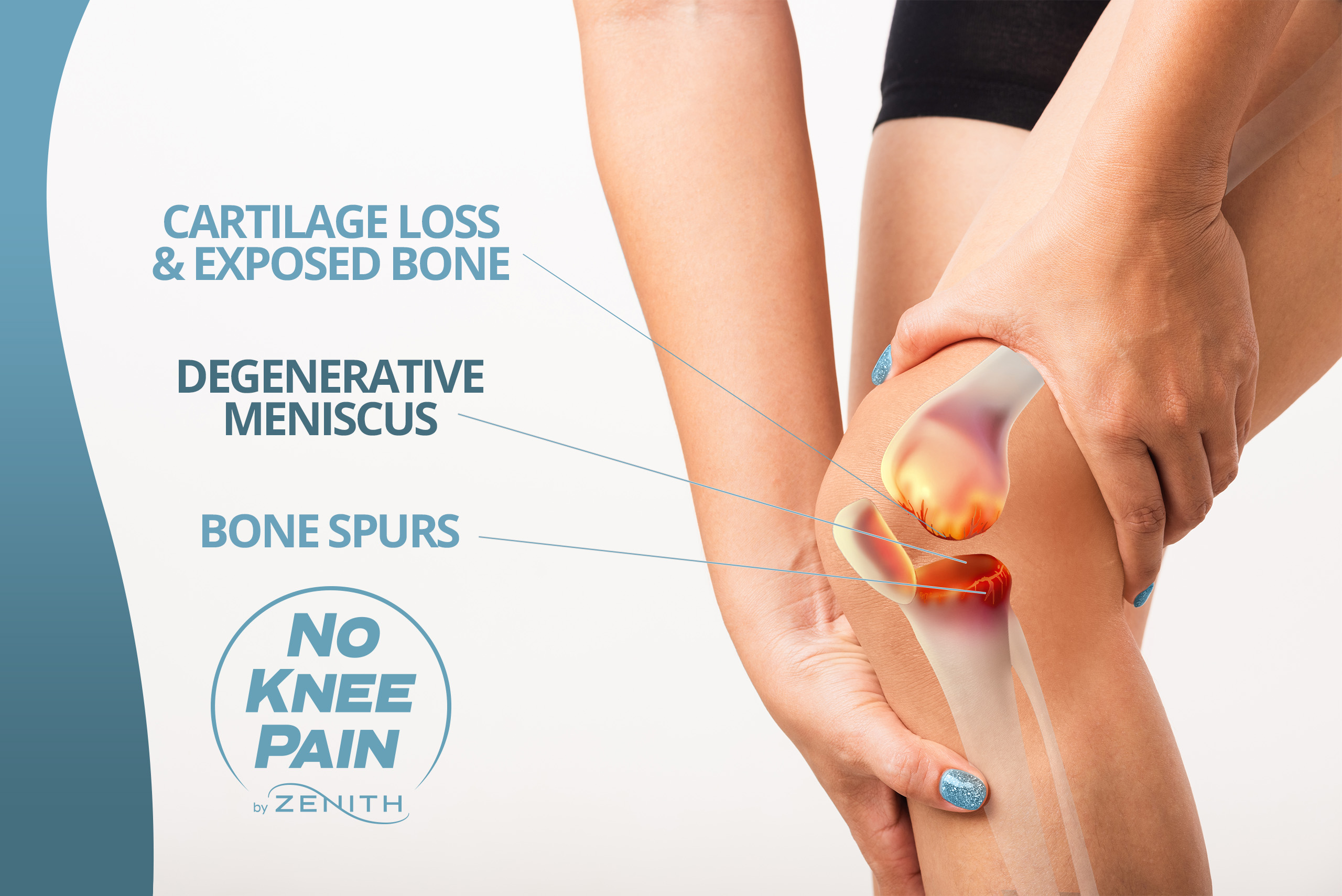Genicular Artery Embolization
Say Goodbye to Knee Pain
Genicular Artery Embolization is a newer, minimally-invasive procedure to reduce knee pain for patients with Osteoarthritis of the knee. Our GAE procedure is an outpatient procedure that helps patients with arthritis who are not ready or willing to undergo knee replacement surgery. Our top-rated services offer lasting relief from joint pain, especially for those not ready to commit to knee replacement surgery.

Osteoarthritis (OA)
Osteoarthritis of the knee is a source of suffering for nearly fourteen million Americans. OA of the knee can be an incapacitating condition with a significant impact on your overall quality of life. Total knee replacement is frequently an option, but if you also have diabetes mellitus, obesity, coronary artery disease, malnutrition, renal disease, cirrhosis, or immunosuppression, you may be subject to increased medical and surgical complications.
What Causes Knee Osteoarthritis?
Usually OA results from “wear-and-tear” on knee joints. Cartilage, the smooth tissue covering that protects the bone, can degrade and tear, eventually leading to osteoarthritis. This severe breakdown of cartilage produces pain and stiffness.
What are the most common symptoms of OA?
- Movement causes pain. Sometimes your knee will ache while sitting still.
- Your knees may be stiff first thing in the morning or after sitting for a long time.
- Over time, you may lose the ability to bend and straighten your knee all the way.
- Creaking and grating (crepitus).
- You may hear crackling noises or feel a grating sensation.
- Your knee may “give out” or buckle.
- Your knee may lock or stick.
- Your knee may get puffy all around or on one side.
Genicular artery embolization (GAE)
GAE, which is the embolization of the knee, is a newer and minimally invasive procedure to reduce knee pain for patients with osteoarthritis. The pain reduction achieved by GAE is accomplished by reducing the blood flow to the lining of the knee. It is a safe, modern treatment with faster recovery.
GAE blocks the blood flow to the lining of the knee, known as the synovium, which are inflamed or otherwise scarred by arthritis. By blocking these arteries, a reduction in the amount of inflammation associated with arthritis occurs, a process that eliminates the associated knee pain.
What happens during the GAE procedure?
A small catheter is advanced and used to inject tiny beads (called microspheres) into the arteries, blocking them and reducing blood flow to the area of inflammation. Knee osteoarthritis is relieved by reduced blood flow, which reduces inflammation, pain, and discomfort.
Watch this short animation that demonstrates the process >
After the GAE Procedure
Someone must drive you home after the GAE procedure, but patients go home the same day. In most cases, relief occurs as the inflammation in the lining of the knee is reduced, relieving the knee pain associated with osteoarthritis. Some patients have reported pain relief immediately following the procedure. The normal scenario is relief in less than one week. No physical therapy is needed. You may resume light activities within the first week right after GAE, but you must avoid doing any high-impact activities for at least two weeks.
Patient Satisfaction with GAE
The procedure has a high success rate, with 85% of patients treated with the GAE procedure reporting significant relief of pain/discomfort within the first month. In 70% of patients, relief from symptoms usually lasts 2–3 years
Who is a candidate for GAE?
- Age: 30-80 years
- Resistant/failed conservative treatment (NSAIDS/ PT/joint injection)
- Pain or limitation of activity resistant to medicines/ physiotherapy/joint injections
- Patients who suffer from moderate to severe symptomatic knee pain
- Patients who are not ready for knee replacement surgery or cannot receive immediate knee replacement surgery
Contact Us
All Major Insurances Accepted









